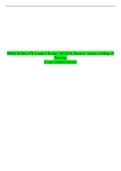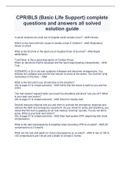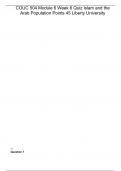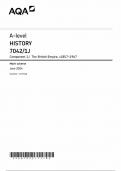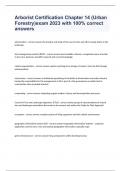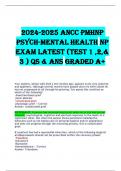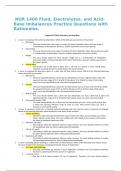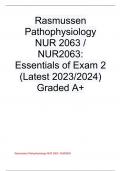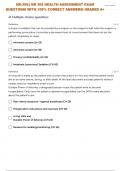Exam (elaborations)
MED SURG 170 Exam 3 Evolve NCLEX Review- Galen College of Nursing Exam (elaborations)
- Course
- Institution
MED SURG 170 Exam 3 Evolve NCLEX Review- Galen College of Nursing Exam (elaborations) MED SURG 170 Exam 3 Evolve NCLEX Review- Galen College of Nursing Exam (elaborations)
[Show more]
